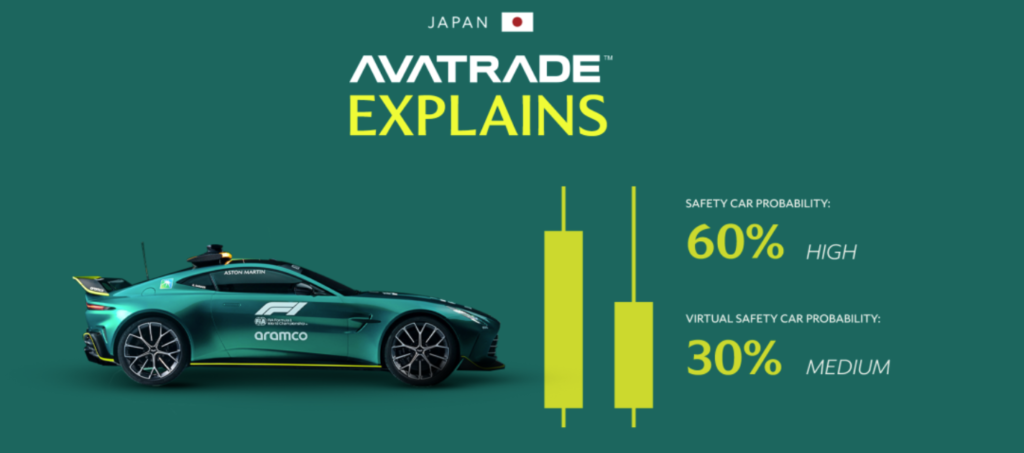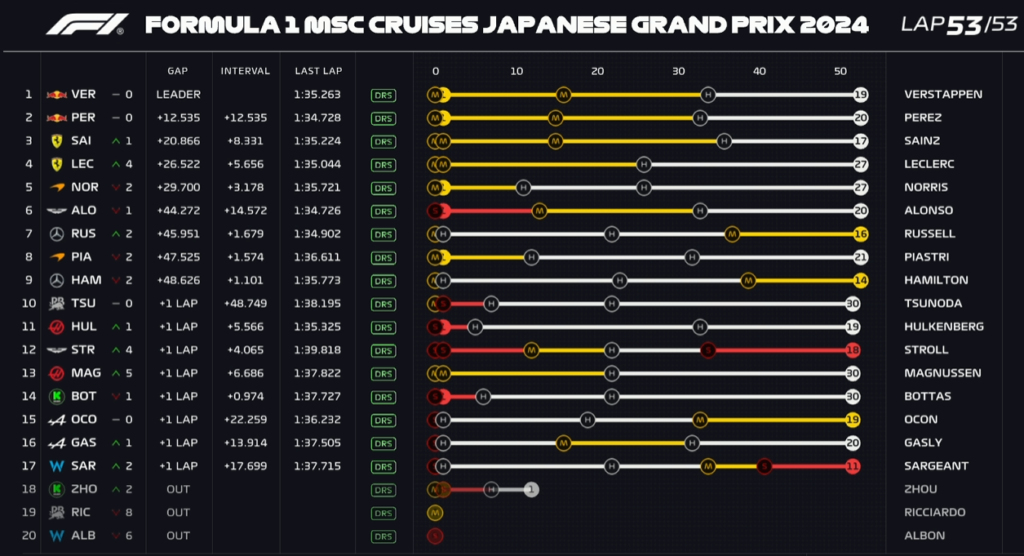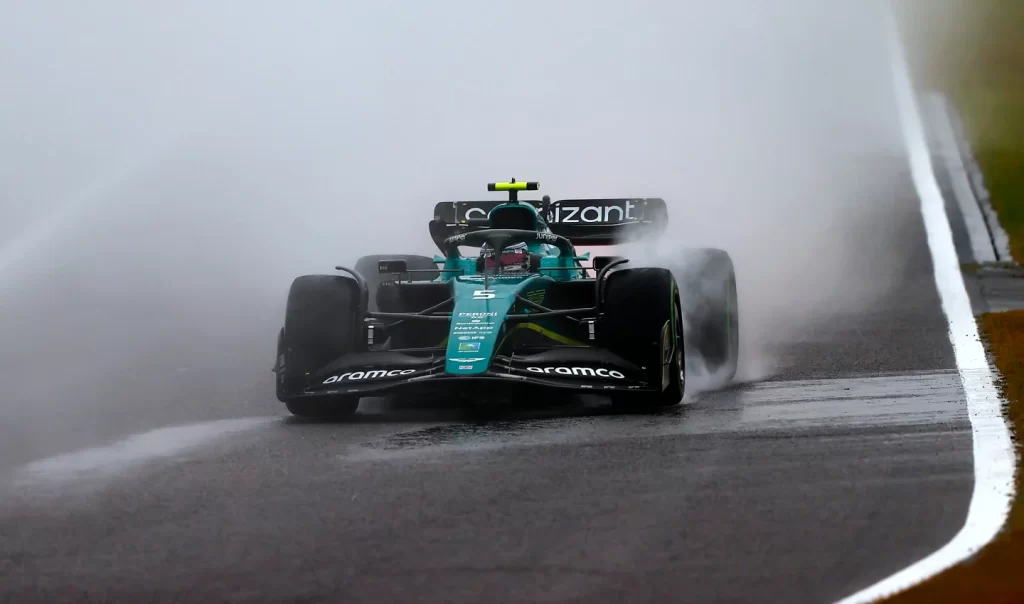The Japanese Grand Prix is a fan favourite circuit, with it set to last on the F1 calendar until 2029. The 5.81km long track comprising of 18 Turns and 1 DRS zone has been a feature race since 1987.
The historic track based in Inoucho is as much of a driver’s favourite as it is a fan’s. With the iconic Turns 2 through to 7 and the iconic 130R at Turn 15 make a thrilling race, encouraging bravery throughout. Sector 1 has high speeds of 290km/h down the long main straight before heading into the esses, where having faith in your front end is essential. Typically the wind through the snaking “S” changes constantly so drivers must adapt.
Going into Degner 1 (Turn 8), you need to ensure that you’re not carrying too much speed or else you’ll be compromised for Degner 2 (Turn 9), where you’ll go too deep into the breaking point. Proceeding into Spoons (Turns 12 – 14) you need to make sure you’re not on the throttle too early or else you’ll be on target to kerbing.
Come race day, the probability of there being a Safety Car is 60% so don’t expect any teams to start on the Hard compound. Typically, teams may decide to extend their stints due to the higher likelihood of getting a cheap pitstop under a Safety Car.

Strategy is always interesting at Suzuka – asphalt abrasion and tyre stress is high around the circuit so it’s rare to see a one-stop race being operated. The plethora of high speed corners tend to make teams elect a high downforce setup. Under a green flag, the pitstop loss is 22.5 seconds compared to the 10 seconds under Safety Car which is substantially less. This, coupled with the track being 5.8km long, means teams may pit their drivers if they’re in traffic to undercut the oppositon. Teams will most likely split their drivers in half: one who will go for an undercut and the other who will extend for a cheap pitstop under a Safety Car


Now, what tyres do we expect the drivers to use? The high Safety Car probability and tyre degredation would normally infer teams to use the Hard compound at the start, yet it’s rarely used from Lap 1. But what can be confirmed is that it’ll probably be a two stop race with a small chance of teams pulling off a 1 stopper. A soft tyre from Lap 1 onto a double Hard can allow drivers to make up places into Turn 1 and protect their position with the Hards. Though, a safety car around Lap 14 – 21 can make them vulnerable for the upcoming strategy: medium, hard, medium – the medium tyre can allow the drivers to extend if needed for a possible Safety Car, allowing them to get a cheap pitstop.

TRIVIA:
- Fastest lap record: 1:30.983 set by Lewis Hamilton
- Most wins: Michael Schumacher – 6
- Pitloss of 22.5 seconds
- Laps: 53
2024’S TYRE STRATEGY



